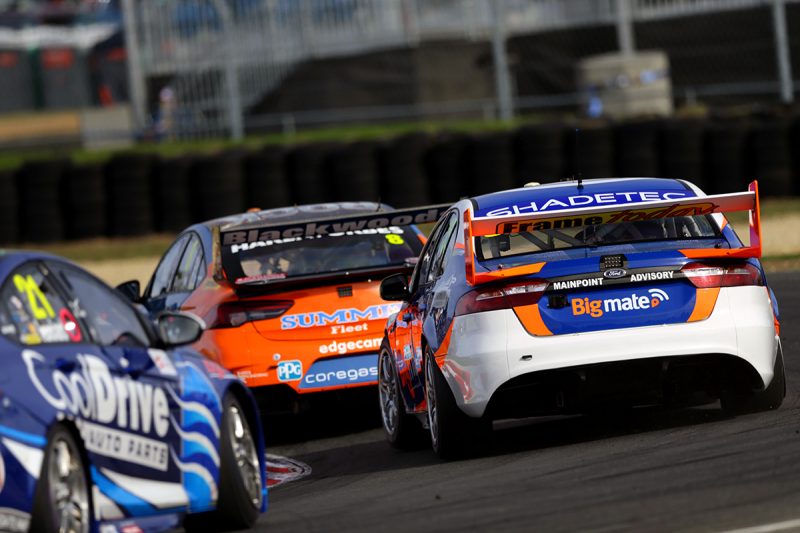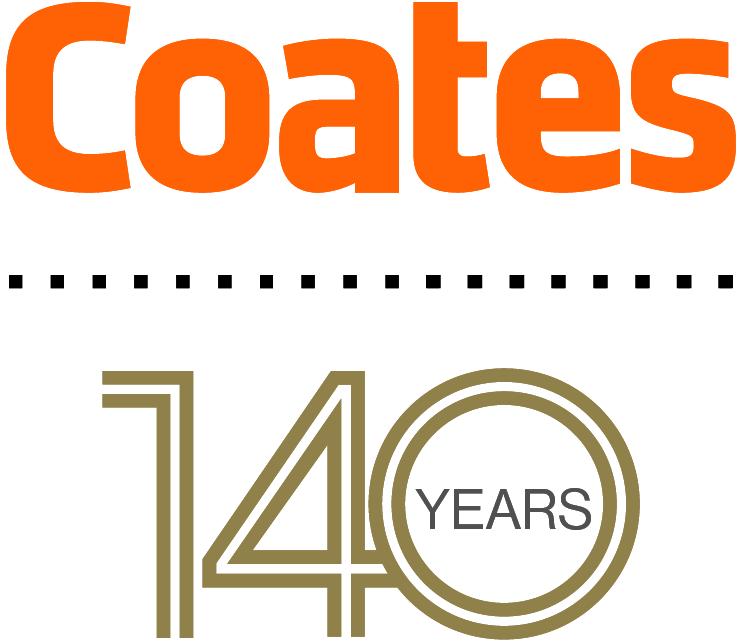
Driver opinion on the new Armor All qualifying format set to be employed this weekend has been mixed after the opening day’s running at the Tyrepower Tasmania SuperSprint.
The all-new system comes in an attempt to ease congestion in qualifying, thereby providing drivers greater opportunity to set a representative time heading into the race.
Consisting of three parts, the knock-out style system sees the fastest six to 10 from each phase progress to the next.
However, in effect, Armor All qualifying began during opening practice on Friday, as the fastest 10 drivers across both Practice 1 and Practice 2 combined received a free pass through to the second 10-minute phase.
Quickest on Friday, Jamie Whincup was keen to lend his support to the concept.
“We’re normally not too concerned about what time you put in on a Friday, but now it’s critical, not it’s a factor,” said Jamie Whincup.
“If you look at it on a bit of paper it looks technical, but if it’s explained properly it should be a good thing.”
“I think it was a welcome change because every time we go to these smaller tracks we always have dramas with traffic and crashes, disgruntled drivers, teams owners and stuff,” added David Reynolds.
“It’s actually a welcome change, I’m glad they did something.”
Not all drivers are in favour of the format though, with Rick Kelly wary that the change has simply moved the congestion issue rather than solved it.
“We’ve moved the problem from qualifying now into practice,” Kelly argued.
“(There’s) a lot of people trying to go really fast out there to make sure they get a good position tomorrow and it creates a bit of congestion. You can’t really avoid it, I don’t think too much.
“We had a car pushed into us in pit lane… then a bit of funny business on the track as well, but that didn’t really hinder our progress; we still need to work on the car a little bit and find more speed.”
However Kelly’s view is not one shared by Reynolds, who believes there’s more than enough time, and space, in practice to make the system work.
“Practice was 45 minutes long and it was an hour and a half (combined) that you could do your time in,” he reasoned.
“I think I went a bit earlier than everyone and got out in front of the traffic. It worked, that’s what the whole aim of the game was.”
Symmons Plains is among the shortest lap lengths on the calendar, the same qualifying system to be used again when the championship heads to the similarly short Barbagallo next month.
There is already interest in expanding its use to other SuperSprint format events, with perceived benefits to the fan experience of qualifying.
The three-part format sees qualifying extended from its traditionally short session to a more structured 30-minutes of on-track action.
It’s also suggested that it offers a better television product as the format builds to a crescendo every 10 minutes before naturally allowing time for an ad break.
Officially the new Armor All qualifying format begins at 1255 with the opening ten-minute phase, with two more to follow as the grid for the afternoon’s 50 lap race is set.



















Discussion about this post